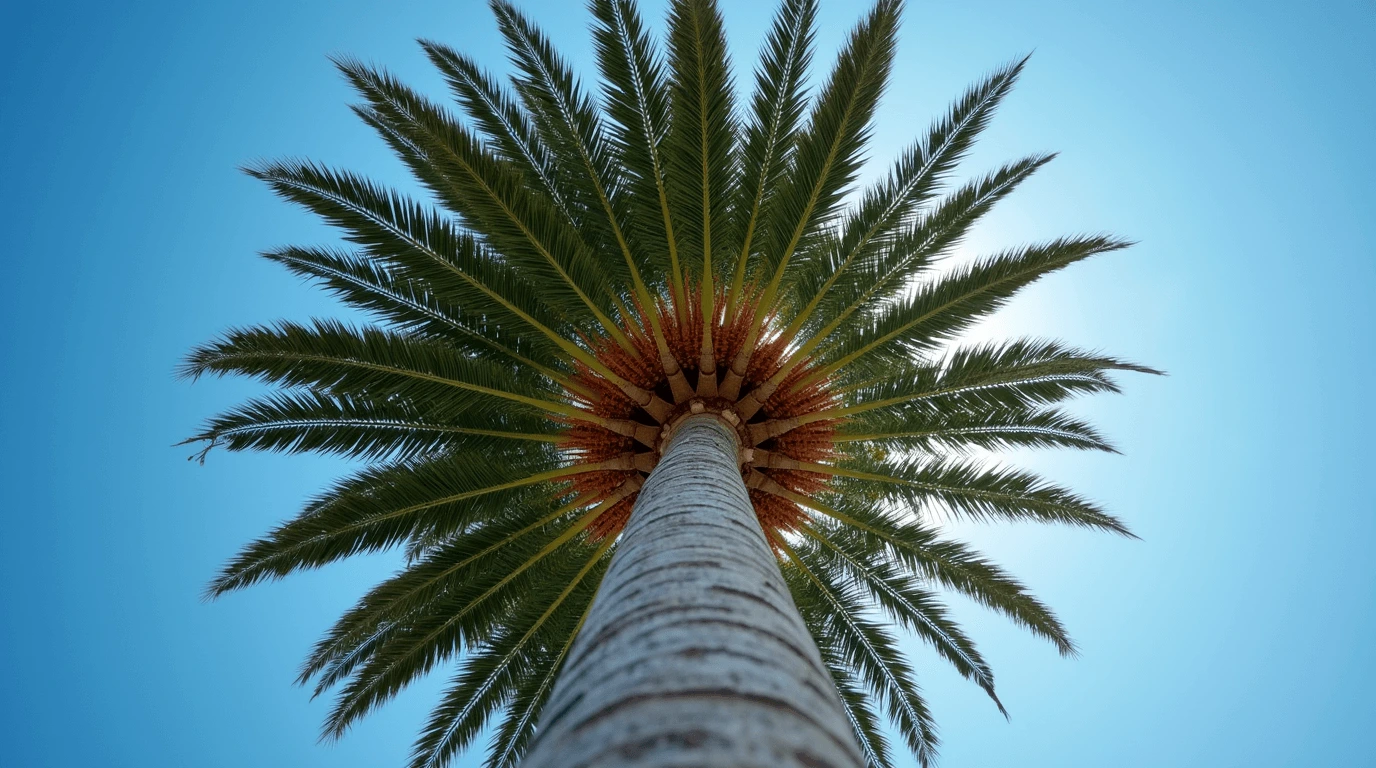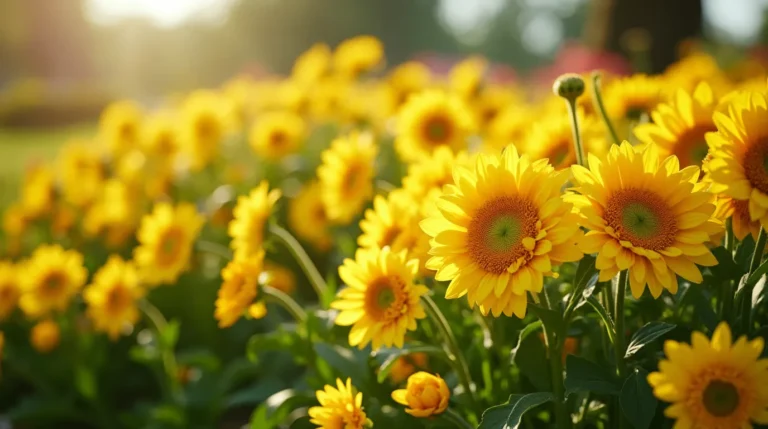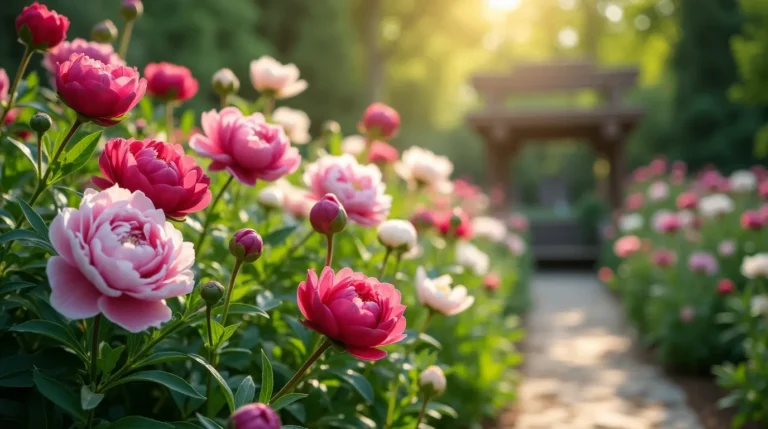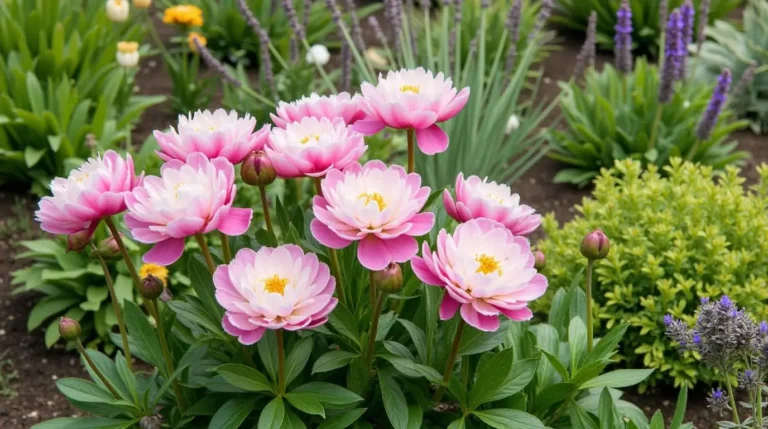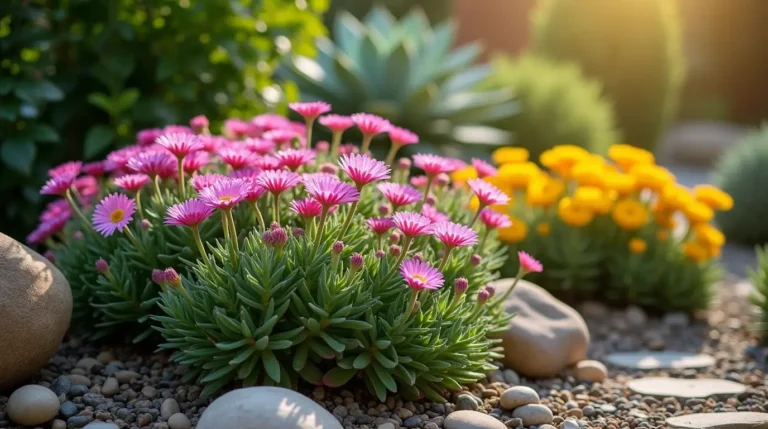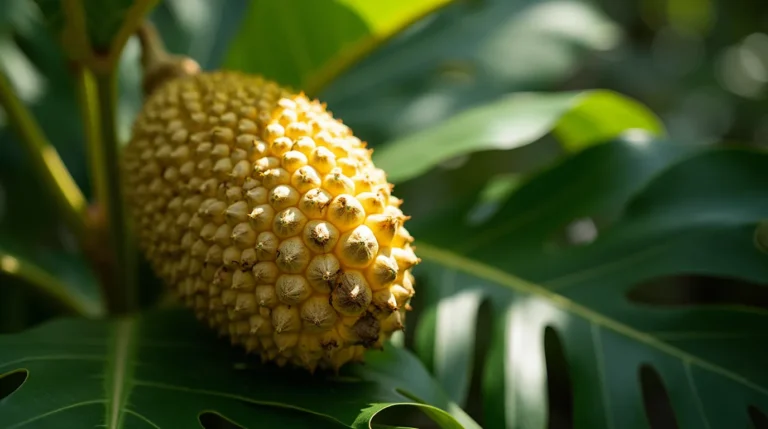King Palm Tree Care Guide
The King Palm Tree (Archontophoenix alexandrae) stands as one of nature’s most impressive architectural specimens, combining rapid growth with remarkable longevity. This magnificent palm can transform your landscape from ordinary to extraordinary in just a few years, thanks to its impressive growth rate of up to 3 feet annually. With a potential lifespan of 150 years, planting a King Palm is truly an investment in future generations.
A Botanical Marvel with Many Names
Known by several names including the Alexander palm, Alexandra palm, King Alexander palm, Northern Bangalow palm, and Step palm, this Australian native brings the essence of tropical paradise to any setting. Its most distinctive feature is the stunning crown of fronds that can extend up to 10 feet in length, creating a dramatic silhouette against the sky. The trunk tells its own story through distinctive ringed leaf scars that resemble a natural staircase, adding unique visual interest even when viewed up close.
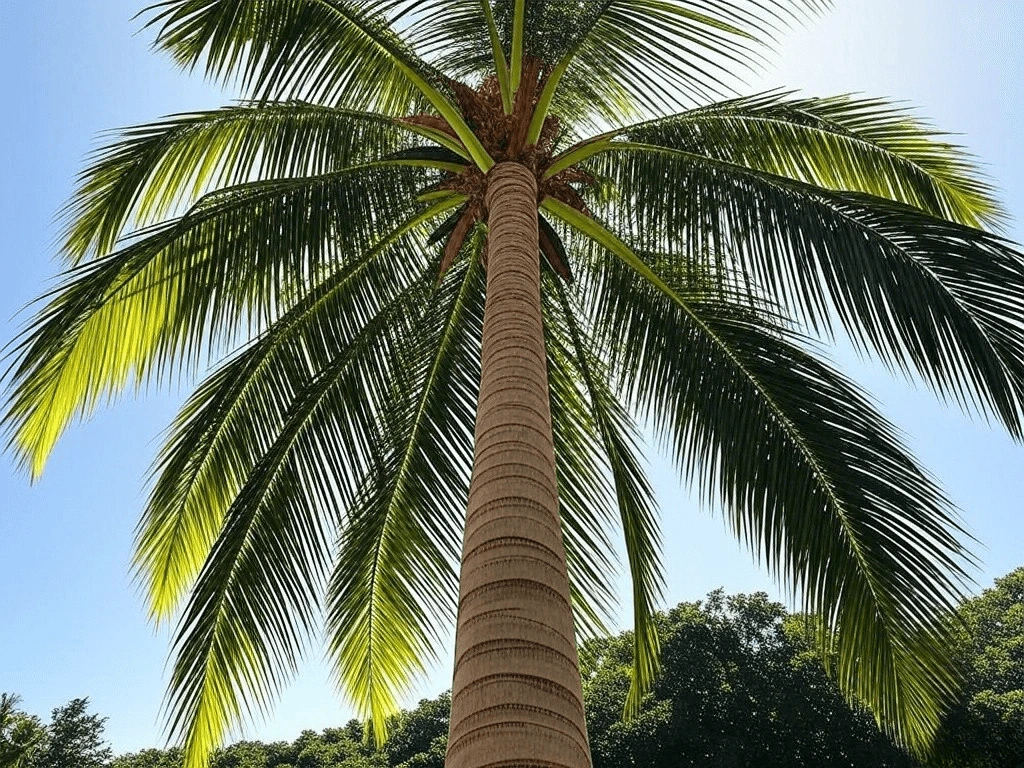
What sets this palm apart is its emerging bronze-colored leaves, which provide an unexpected color contrast before maturing to a deep green. This natural color progression creates constant visual interest throughout the growing season. Originally found in the Littoral Rainforest of Eastern Australia, the King Palm has adapted to thrive in various conditions while maintaining its regal appearance.
Growing Requirements and Cultivation Tips
Successfully growing a King Palm requires understanding its specific needs:
Your King Palm will thrive in full sun to partial shade conditions, making it versatile for different landscape positions. The key to success lies in the soil preparation – while the palm adapts to average or sandy soil, proper drainage is crucial for optimal growth. Unlike many other palms, this species shows remarkable tolerance for excess water, though it’s important not to mistake this tolerance for a preference for waterlogged conditions.
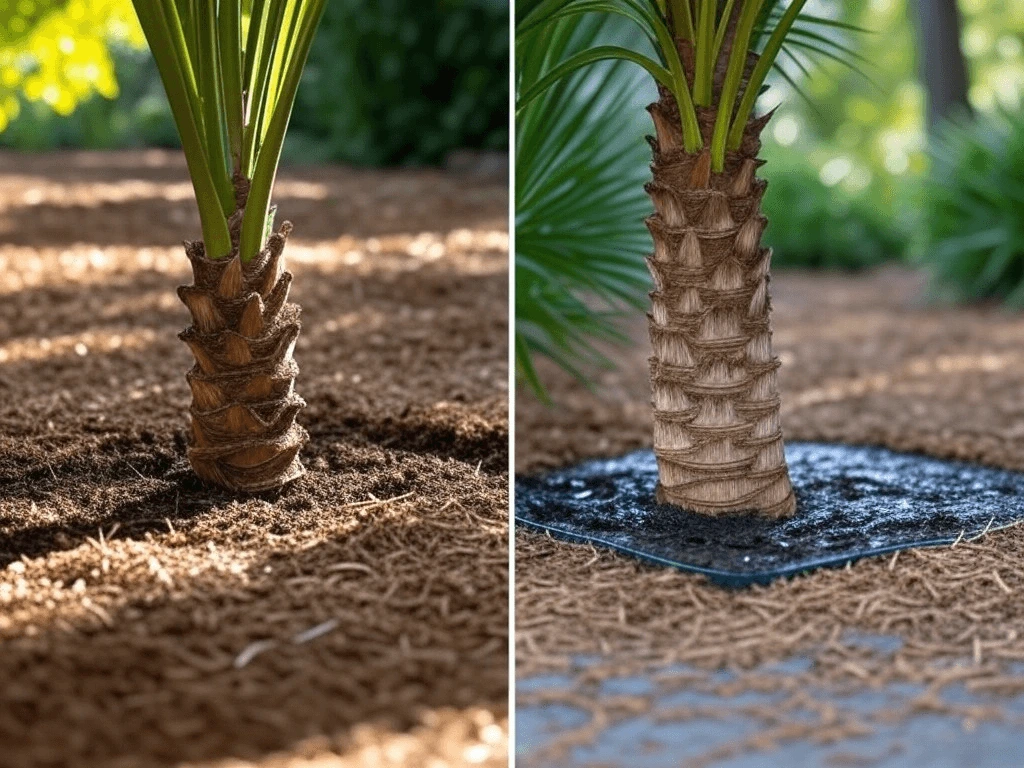
When it comes to transplanting, extra care is needed as King Palms can be sensitive to root disturbance. The best approach is to choose your planting location carefully from the start. While the species demonstrates impressive adaptability to urban conditions, including pollution and occasional flooding, it does have its limitations. Dry heat and salt exposure can cause stress, so coastal plantings should be carefully considered.
Size, Growth, and Ornamental Features
A mature King Palm is truly a sight to behold, reaching heights of 50 to 82 feet with a spread of 10 to 16 feet. This impressive size makes it perfect for creating focal points in large landscapes or providing natural shade in tropical gardens. The palm’s growth pattern remains elegant throughout its development, maintaining good proportion between height and spread.
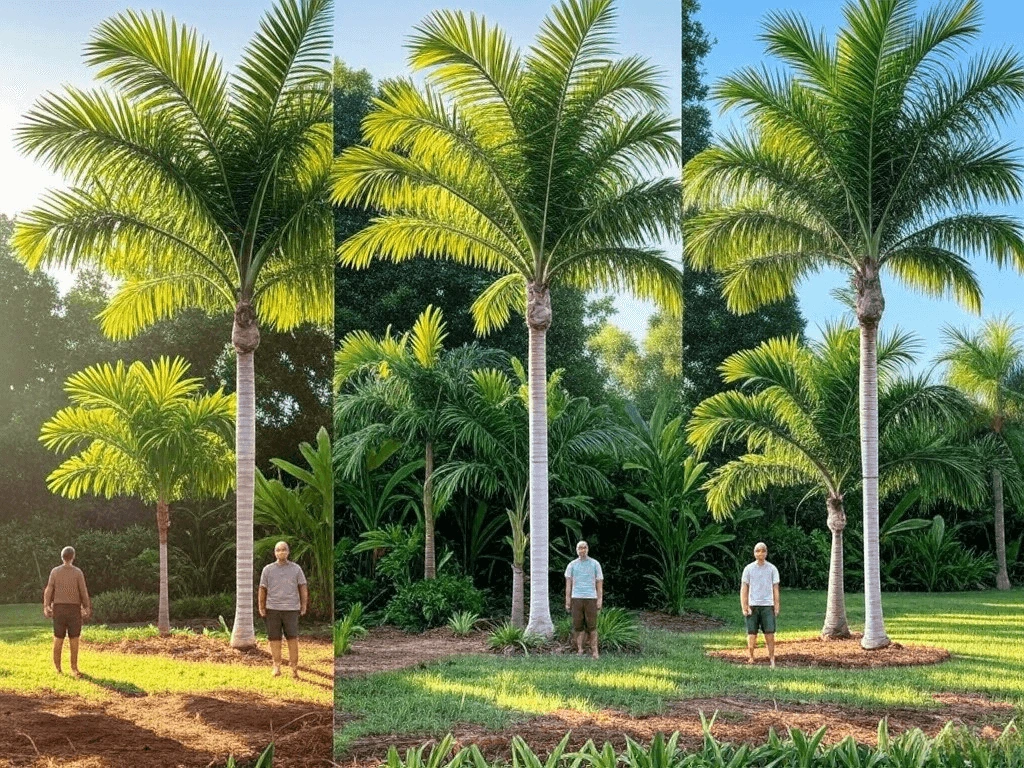
The flowering display adds another dimension to its ornamental value. Crème-colored stalks burst forth with purple flowers, creating a spectacular seasonal show. These blooms later develop into bright red fruits, which, while beautiful, require management to prevent them from becoming a maintenance issue. Regular pruning after fruiting is recommended not only for aesthetics but also for safety, as falling fruit clusters can pose a risk.
Landscape Applications and Environmental Impact
The King Palm excels in various landscape settings:
- Ornamental gardens where its stately presence creates instant impact
- Tropical-themed landscapes that benefit from its authentic rainforest character
- Urban gardens where its pollution tolerance proves valuable
- Mass plantings that create dramatic architectural statements
- Specimen plantings where individual trees can reach their full potential
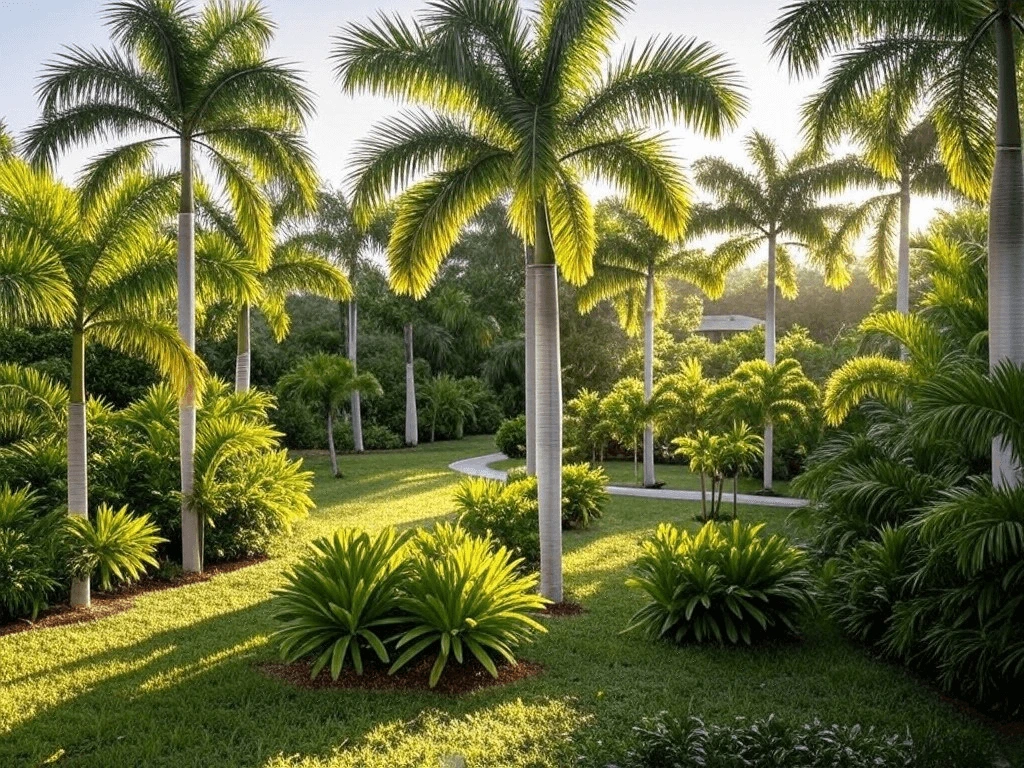
However, potential owners should be aware that in wet tropical areas like Hawaii, the King Palm has been identified as a high-risk invasive species. This consideration is particularly important when planning landscapes in similar climates.
Climate Considerations and Wildlife Benefits
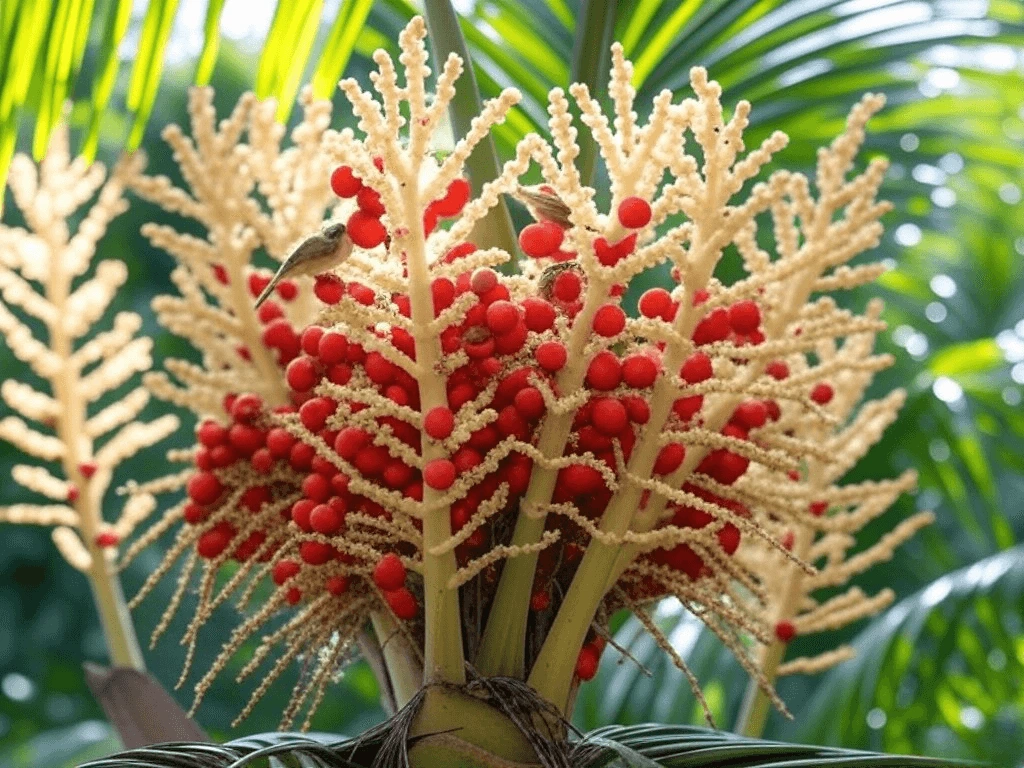
Thriving in USDA Zones 10b and 11, the King Palm requires careful placement in regions that experience occasional cold snaps. Once established, these palms demonstrate remarkable resilience to various environmental challenges, including urban pollution and periodic flooding. This adaptability, combined with their wildlife-friendly characteristics, makes them valuable additions to ecological landscapes. Birds, in particular, are attracted to these palms, adding natural movement and life to your garden space.
Planning Your King Palm Installation
Before incorporating King Palms into your landscape, consider using modern planning tools like the iScape app to visualize how these magnificent trees will look at maturity. This forward-thinking approach helps ensure proper spacing and placement, maximizing the impact of your investment while minimizing future maintenance issues.
The King Palm represents more than just a tree; it’s a living legacy that can enhance your landscape for generations to come. Its combination of rapid growth, impressive longevity, and striking appearance makes it an excellent choice for those seeking to create lasting tropical appeal in their landscapes. With proper placement and care, these majestic palms will provide beauty, shade, and wildlife habitat for many decades to come.

